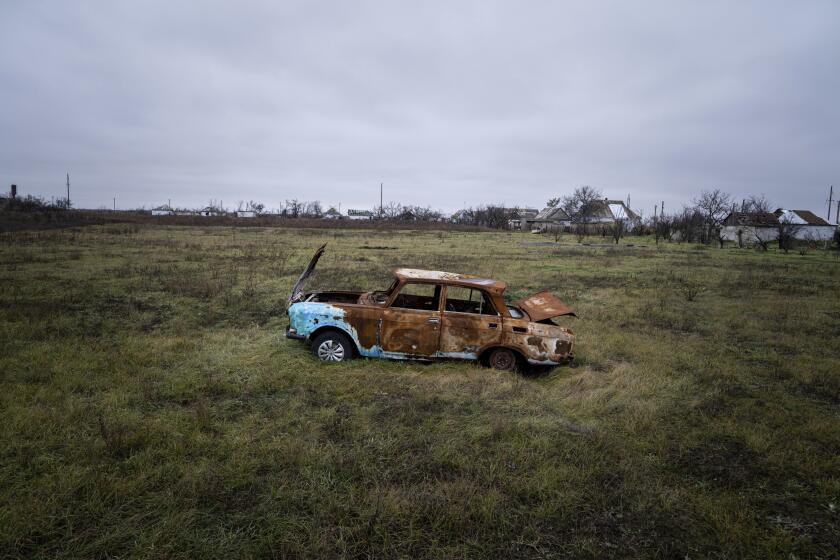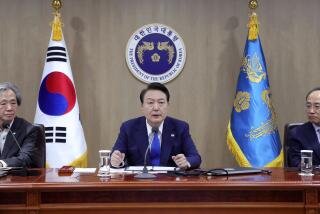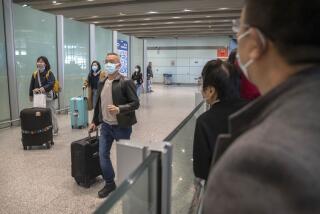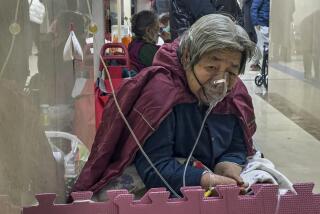Beijing, Shenzhen scrap COVID-19 tests for public transport
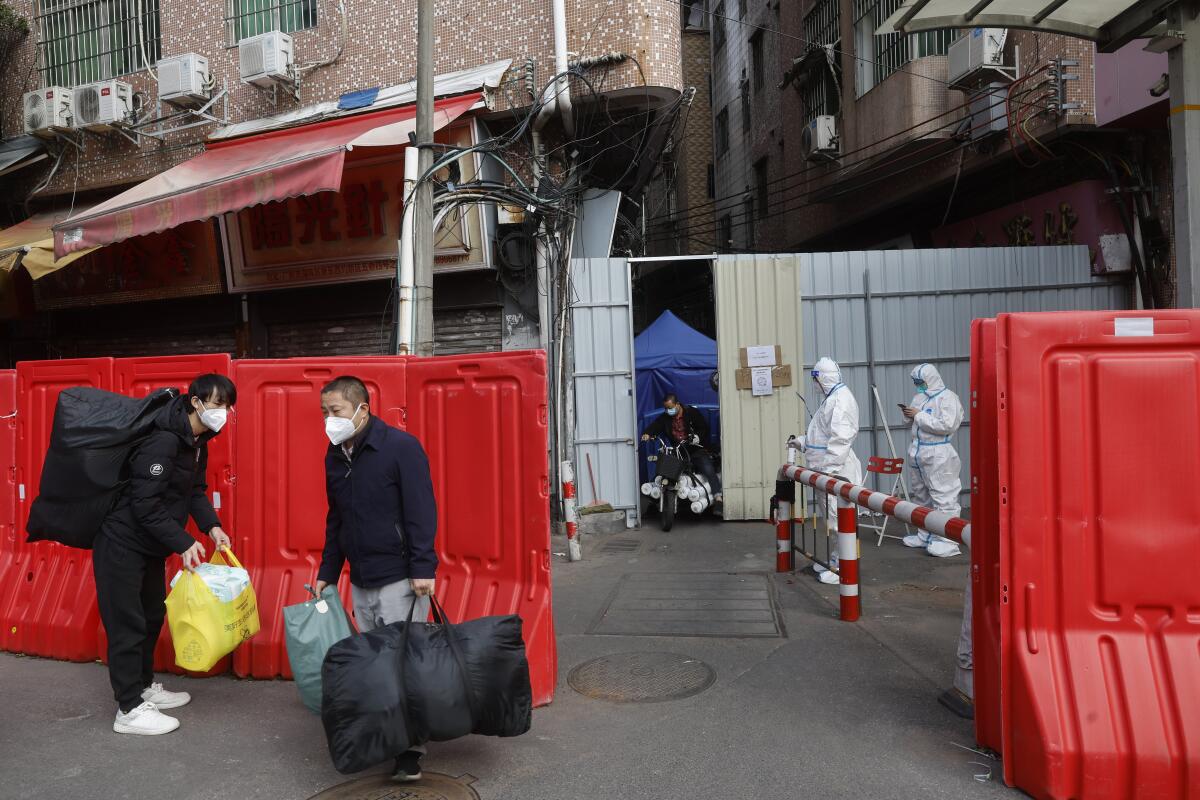
BEIJING — Chinese authorities on Saturday announced a further easing of COVID-19 curbs with major cities such as Shenzhen and Beijing no longer requiring negative tests to take public transport.
The slight relaxation of testing requirements comes even as daily virus infections reach near-record highs, and follows protests across the country by residents frustrated by the rigid enforcement of anti-virus restrictions that are now entering their fourth year, even as the rest of the world has opened up.
The southern technological manufacturing center of Shenzhen said Saturday that commuters no longer need to show a negative COVID-19 test result to use public transport or when entering pharmacies, parks and tourist attractions.
Meanwhile, Beijing said Friday that negative test results are also no longer required for public transport starting Monday. A negative result obtained within the previous 48 hours, however, is still required to enter venues like shopping malls, which have gradually reopened with many restaurants and eateries providing takeout services.
The requirement has led to complaints from some Beijing residents that even though the city has shut many testing stations, most public venues still require COVID-19 tests.
Russian authorities have rejected a price cap on the country’s oil set by Ukraine’s Western supporters and are threatening to stop supplying the nations that endorsed it.
Despite easing measures, authorities said that the “zero COVID” strategy — which aims to isolate every infected person — is still in place.
On Saturday, Beijing authorities said that because the current round of COVID-19 was spreading fast, it is necessary to “unswervingly continue to implement normalized social prevention and control measures.”
The government reported 33,018 domestic infections in the last 24 hours, including 29,085 with no symptoms.
As the rest of the world has eased virus restrictions substantially, China remains the only major nation sticking to a “zero COVID” strategy. The policy, which has been in place since the pandemic started, led to snap lockdowns and mass testing across the country.
China still imposes mandatory quarantine for incoming travelers even as its infection numbers are low relative to its population of 1.4 billion.
The recent demonstrations, the largest and most widely spread in decades, erupted Nov. 25 after a fire in an apartment building in the northwestern city of Urumqi killed at least 10 people.
That set off angry questions online about whether firefighters or victims trying to escape were blocked by locked doors or other anti-virus controls. Authorities denied that, but the deaths became a focus of public frustration.
The country saw several days of protests across cities including Shanghai and Beijing, with protesters demanding an easing of COVID-19 curbs. Some demanded Chinese President Xi Jinping step down, an extraordinary show of public dissent in a society over which the government exercises near total control.
Xi’s government has promised to reduce the cost and disruption of controls but says it will stick with “zero COVID.”
Health experts and economists expect it to stay in place at least until mid-2023 and possibly into 2024 while millions of older people are vaccinated in preparation for lifting controls that keep most visitors out of China.
While the government has conceded some mistakes, which it blames mostly on overzealous officials, criticism of government policies can result in punishment.
Former NBA star Jeremy Lin, who plays for a Chinese team, was recently fined $1,400 for criticizing conditions in team quarantine facilities, according to local media reports.
On Friday, World Health Organization emergencies director Dr. Michael Ryan said that the United Nations agency was “pleased” to see China loosening some of its coronavirus restrictions, saying, “it’s really important that governments listen to their people when the people are in pain.”
More to Read
Sign up for Essential California
The most important California stories and recommendations in your inbox every morning.
You may occasionally receive promotional content from the Los Angeles Times.
